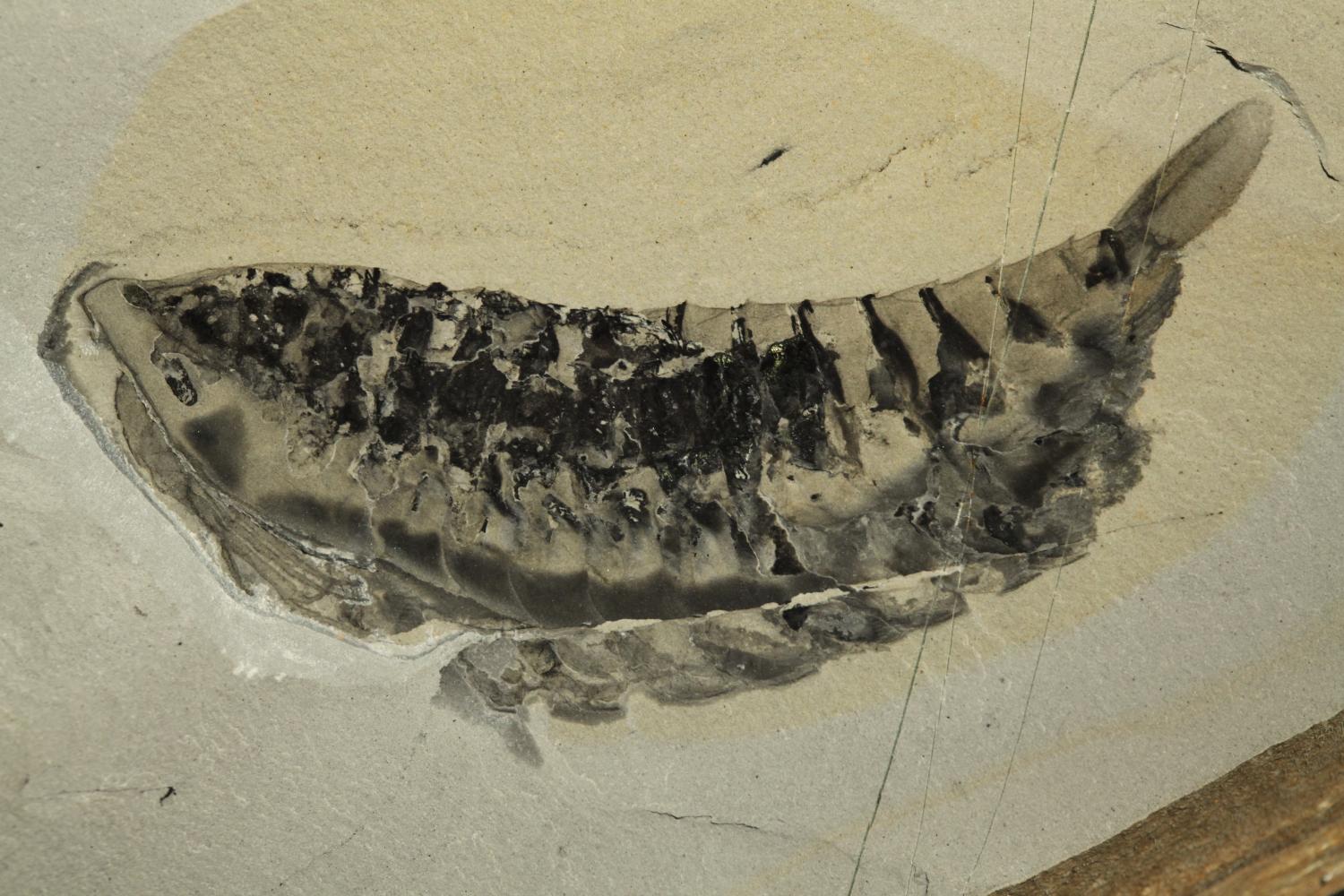A team of Canadian and U.S. researchers have found the fossil of a lobster-like species in Canada’s Marble Canyon Site. Believed to have been older than dinosaurs, the weird four eyed lobster is being said to be the ancestor of the present day spiders, lobsters and butterflies. Being called Yawunik kootenayi, the remains of the […]
A team of Canadian and U.S. researchers have found the fossil of a lobster-like species in Canada’s Marble Canyon Site. Believed to have been older than dinosaurs, the weird four eyed lobster is being said to be the ancestor of the present day spiders, lobsters and butterflies. Being called Yawunik kootenayi, the remains of the marine creature are said to be nearly 508 million years old.
The incredibly old fossil was found in the Canadian Burgess Shale deposit, a very popular fossil site where many more fossils have also been discovered earlier. The lobster like species was found exactly at the Marble Canyon site.
The size and shape of the fossil resembles that of an empanada. It is about six inches (or 15 centimeters long). The animal might have had three long claws protruding from its front, quite similar to the antennae growing from the heads of shrimps and beetles. In this case however, two of the claws have razor-sharp teeth opposing each other. It is being suggested that these sharp teeth helped the creature catch its prey.
Palaeontologists studying this pre-historic fossil believe the eerie four eyed creature existed during the Cambrian period ‘when the major animal groups and complex ecosystems first appeared in the fossil record.’
Palaeontologists are taking keen interest in this recently unearthed fossil and are placing it in the Arthropod family due of its joint appendages, segmented body, and external skeleton. They are attaching great importance to this creature saying it has helped them understand the predatory habits of early animals.
The awkward looking lobster has also, says Cedric Aria, a PhD candidate from University of Toronto and lead author of the study, helped them know more about the possible anatomy of the earliest, while also underlining the fact that the prehistoric arthropods lacked certain advanced features seen in the present day creatures.
Yawunik had no appendages on its head to help process food, unlike modern insects and crustaceans, Aria said.
A scanning electron microscope was put to use by the researchers to map the fossil and determine its composition down to the atomic level. “This gives us a remarkable perspective on the fossils, allowing anatomical structures to be visualized more precisely,” said Robert Gaines, associate professor of geology at Pomona College.
The research was first published in the journal Palaeontology last week.


Leave a Reply